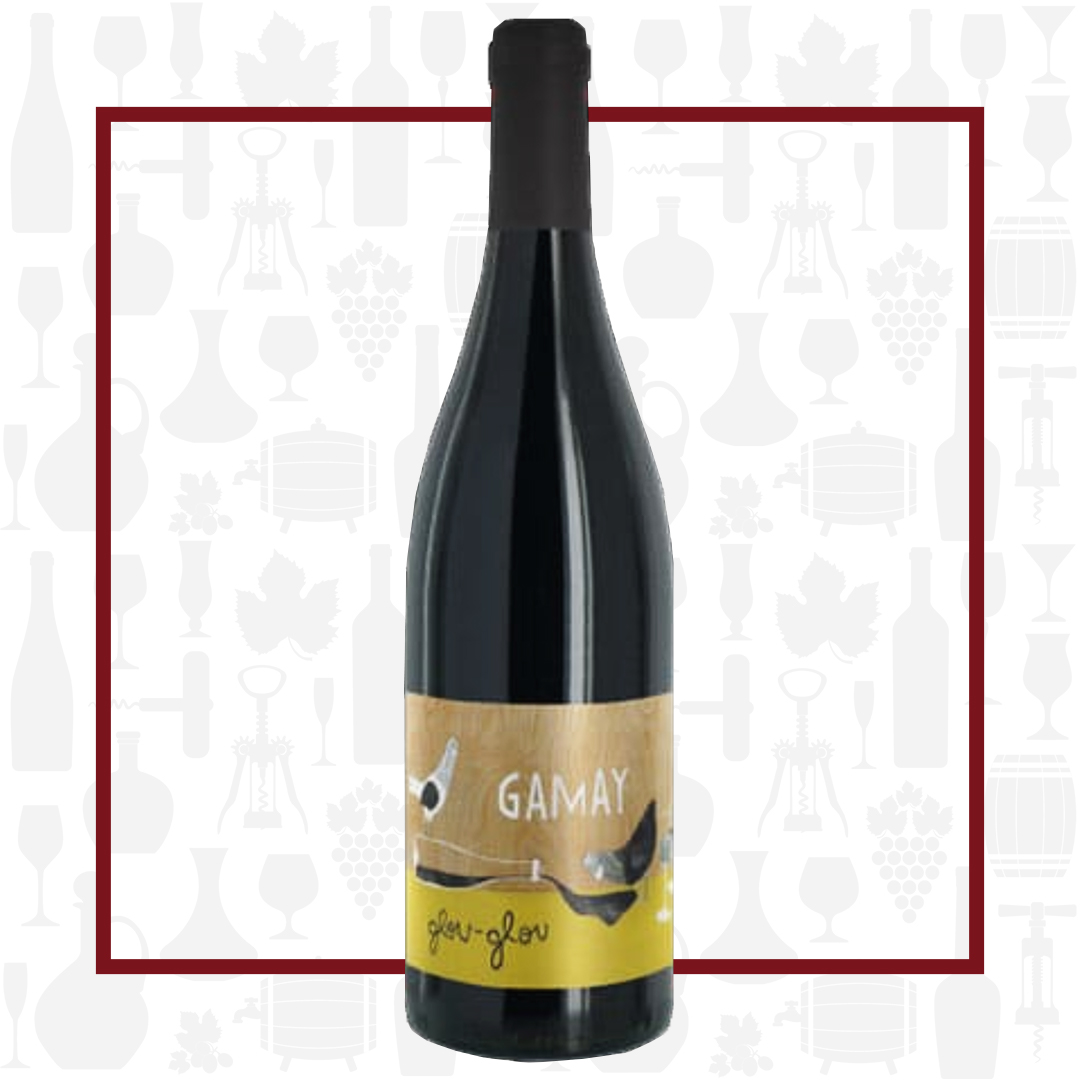Cellar Profile
Region
Beaujolais is the French wine region immediately to the south of Burgundy. Interestingly, some consider it to be part of Burgundy, while others do not. However, climactically, it is closer to the Rhône Valley and part of it falls within the northern Rhône-Alpes region. In the north, Beaujolais soils are granitic and sandy, ideal for growing juicy, vigorous Gamay Noir. In the southern parts of Beaujolais, where the soils are rich in limestone, high quality white grapes such as Auxerrois and Chardonnay can be grown.
Vineyard
Estate vineyards in the southern part of Beaujolais. The soil is a mix of silt, clay and rich loam. Farmed organically, with great respect given for biodiversity in the vineyard.
Winemaking
Whole-cluster carbonic maceration in concrete, without additives, for eight days. During carbonic maceration, whole berries are placed in a sealed container and the sugars are allowed to naturally ferment at an intra-cellular level, imparting low alcohol, softening the perception of tannins and amping up the primary fruit profile. There is usually a telltale "bubblegum" note with wines made this way. After the grapes are crushed, fermentation with native yeasts begins without added sulfur or nutrients. The wine spends six months in concrete, aging on its lees and is lightly fined with a vegan solution before being racked off the lees for bottling.
Tasting Notes
Ripe raspberry, cola and white pepper on the nose. The palate is medium-bodied, with a good dose of acidity and fine, soft tannins. There is a sweet-tart note to the wine that makes it eminently quaffable. You'll also find a touch of earthiness and an interesting savoury note on the finish. Chill lightly and enjoy with hot dogs and burgers, pork rillettes or sharp cheeses.
Varieties
Gamay, like the Beaujolais region in which it thrives, is often misunderstood and under appreciated. Depending on how it is grown and vinified, it can produce simple, light fruity wines (Beaujolais Nouveau) as well as bigger, structured reds showing cherry, berries, pepper and roasted notes (Cru Beaujolais).

